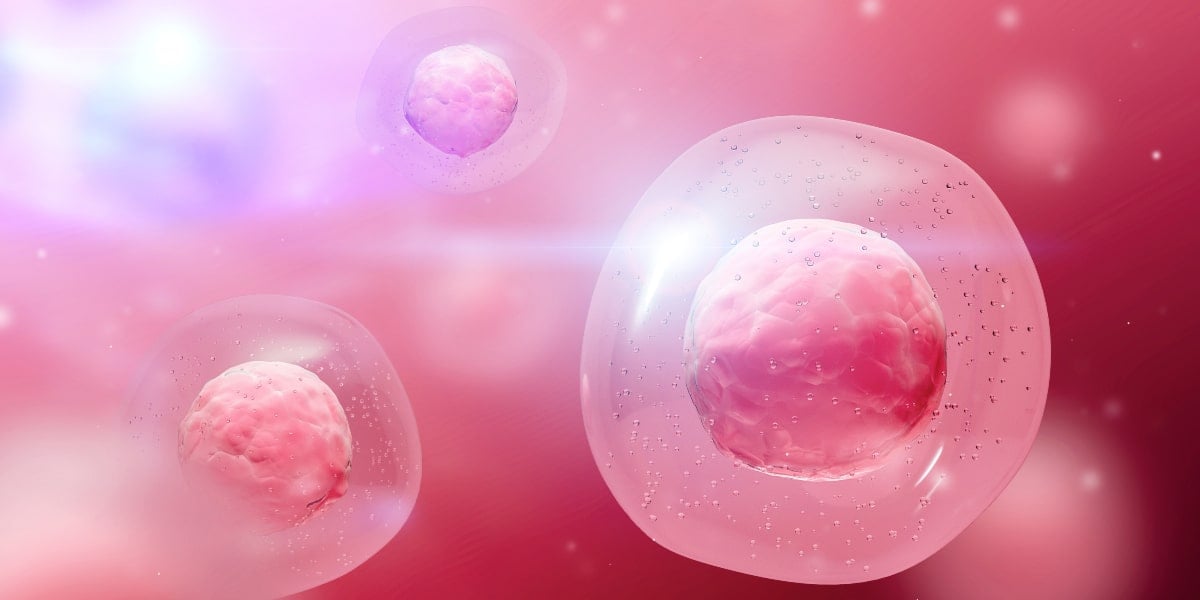What is Oxidative Stress, and how Can Red Light Therapy Help?
Within the realm of health and wellness, buzzwords abound, and unraveling their meanings is paramount. Oxidative stress, a direct accomplice to aging manifestations and critical ailments like diabetes and cancer, beckons our attention. In this all-encompassing guide, we explore the nuances of oxidative stress—its definition, sources, and the revolutionary impact Red Light Therapy can exert.
What is Oxidative Stress?
Oxidative stress occurs when there is an imbalance between the production of free radicals and the body’s ability to neutralize them. Both of these molecules are necessary for normal, healthy reactions in the body, but an excess of either can cause damage.
Oxidative Stress: The Imbalance Between Free Radicals and Antioxidants
Free radicals are unstable molecules with an uneven number of electrons. This makes them highly reactive and can damage cells, leading to various health problems. Free radicals can cause significant chain chemical reactions in the body as they react with other molecules to gain or donate electrons.
On the other hand, antioxidants are molecules that give up an electron without becoming unstable. This helps to stabilize free radicals and prevent them from causing damage to cells. Antioxidants are found in many foods, including fruits, vegetables, and nuts.
When more free radicals than antioxidants can be managed, oxidative stress occurs. As free radicals are highly reactive, they cause damage to the body’s proteins, fatty tissue, and DNA in their quest for that stabilizing electron. Damage by free radicals can affect cellular function and cause apoptosis, also called programmed cell death.
While our bodies’ cells regularly die and get replaced, prolonged damage by oxidative stress is related to diseases like diabetes, cancer, inflammatory conditions, and neurodegenerative diseases like Parkinson’s and Alzheimer’s. Oxidative stress also contributes to aging and can affect the skin’s collagen production and elasticity, causing wrinkles.
Causes of Oxidative Stress
But how does a surplus of free radicals occur? Everyone’s body naturally produces some free radicals, but everybody needs some free radicals to be healthy and help fight off infections. Excess free radicals, and therefore a potential for lasting damage, can result from environmental factors, like pollution, ozone, radiation, certain chemicals and pesticides, and cigarette smoke (including second-hand smoke).
Dietary Factors and Free Radicals
Dietary factors can also play a role in excess free radicals.
- Diets high in fat, sugar, and alcohol can impact free radical production. These foods can increase the production of free radicals in the body, leading to oxidative stress.
- Diets containing foods rich in antioxidants, like berries and dark, leafy greens, can introduce antioxidants to help manage free radicals. Antioxidants are molecules that can help to neutralize free radicals, preventing them from causing damage to cells.
- Excessive exposure to sunlight can also increase the production of free radicals in the body.
- Certain medications, such as chemotherapy drugs, can also increase the production of free radicals.
- Oxidative stress can contribute to some chronic diseases, including heart disease, cancer, and neurodegenerative diseases.
Red and near-infrared Light Therapy
While altering our diets can help manage free radicals, sometimes factors outside our control influence reactive oxygen species in our bodies. Pollution, radiation, and even exposure to cigarette smoke can be inescapable depending on a person’s location or situation. Red and near-infrared light therapy is one option to aid in the fight against oxidative stress.
The Effects and Mechanisms of Light on the Body
Light in specific wavelengths affects the body in various ways. Ultraviolet light from the sun, for instance, triggers melanocytes in the upper layers of the skin to produce melanin, offering protection against burning. However, different isolated wavelengths of light also impact the body’s functions. This section explores the effects of specific light wavelengths and their mechanisms.
The Effects of Different Light Wavelengths
Ultraviolet Light and Melanin Production: Ultraviolet light, particularly from the sun, stimulates melanocytes to produce melanin, safeguarding the skin from burning.
Blue Light and Antimicrobial Properties: Research has revealed that blue light possesses antimicrobial properties, making it a potential acne treatment.
Red Light and its Therapeutic Mechanisms
Red Light Absorption and Mitochondrial Activation: At specific wavelengths, chromophores in the body’s cells absorb red light, particularly in the mitochondria, which activates metabolic energy processes.
Promotion of ATP Production and Cell Proliferation: Red and near-infrared wavelengths of light promote ATP production, enhancing energy transport within cells and increasing cell proliferation. This natural boost in the body’s healing cycle aids in reducing inflammation and promoting the healing of damaged tissue.
Unique Penetration of Red Light
Deeper Skin Penetration: Unlike blue and ultraviolet light, red light can penetrate deeper into the skin, reaching cells in the body’s interior.
Red Light Therapy and Photobiomodulation: Red light therapy, also known as photobiomodulation therapy, harnesses the transformative effects of light on the body. Various devices with different capacities for red light are available to facilitate this therapy.
TheraLight light beds utilize red light for a full-body photobiomodulation experience that exposes the entire body to healing red light that jumpstarts natural healing processes and fights free radicals causing oxidative stress. Find a TheraLight light bed provider near you to start battling oxidative stress at the source.
Related topics
The Connection Between Oxidative Stress and Exercise
This article was originally published on November 11, 2019, and was last updated on November 13, 2023.

